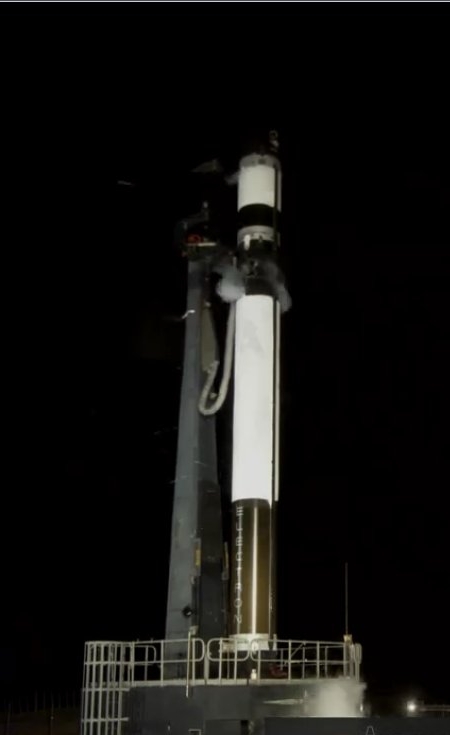NOAA awards contract to private company for solar observatory
Capitalism in space: NOAA today awarded a contract to the private company Xplore to study development of a commercial solar observatory at the Earth-Sun L1 point.
The press release at the link is somewhat vague about the contract. It appears to be a study to see if Xplore’s proposed Xcraft spacecraft can be used as platform for such a solar observatory, not an actual contract to build the observatory.
Regardless, this award is a strong indicator that the Trump administration is applying pressure at NOAA to get it out of the business of building weather satellites and instead be a customer buying such satellites from the private sector. The weather agency has been, like NASA earlier this decade, resistant to this concept, with its bureaucracy wanting to retain control over everything. Maybe the success of SpaceX at NASA is now helping to fuel the change at NOAA.
Let us hope so. NOAA’s present fleet of solar observatories in space is years past their due date, with no sign of a replacement fleet. The agency just can’t seem to get its act together to build these satellites. For example, NOAA has been trying and failing to build a new solar observatory to monitor sunspot activity now for more than a decade.
Maybe, like NASA, giving the job to private enterprise might get things going.
Capitalism in space: NOAA today awarded a contract to the private company Xplore to study development of a commercial solar observatory at the Earth-Sun L1 point.
The press release at the link is somewhat vague about the contract. It appears to be a study to see if Xplore’s proposed Xcraft spacecraft can be used as platform for such a solar observatory, not an actual contract to build the observatory.
Regardless, this award is a strong indicator that the Trump administration is applying pressure at NOAA to get it out of the business of building weather satellites and instead be a customer buying such satellites from the private sector. The weather agency has been, like NASA earlier this decade, resistant to this concept, with its bureaucracy wanting to retain control over everything. Maybe the success of SpaceX at NASA is now helping to fuel the change at NOAA.
Let us hope so. NOAA’s present fleet of solar observatories in space is years past their due date, with no sign of a replacement fleet. The agency just can’t seem to get its act together to build these satellites. For example, NOAA has been trying and failing to build a new solar observatory to monitor sunspot activity now for more than a decade.
Maybe, like NASA, giving the job to private enterprise might get things going.





